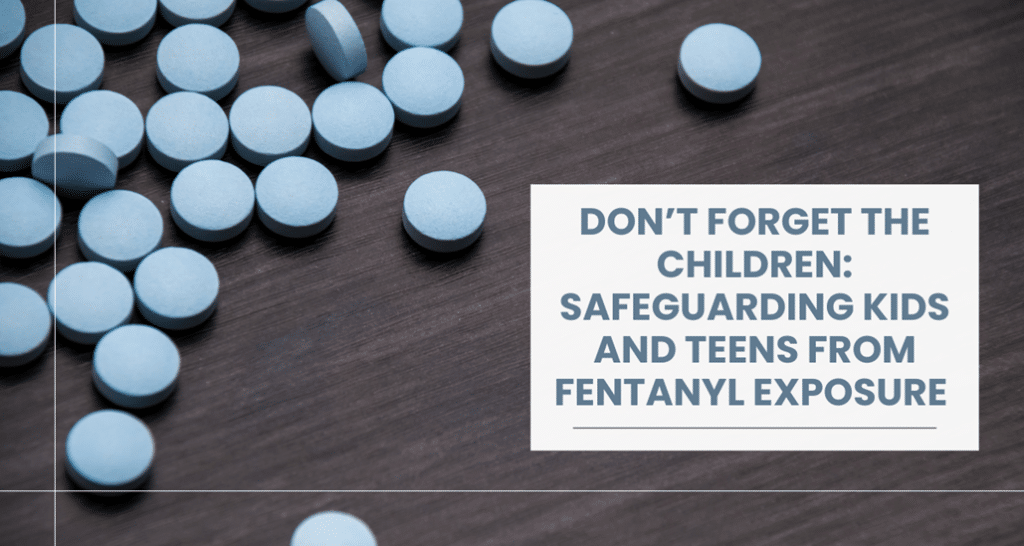As the nation continues to battle the deadly effects of the opioid crisis, a quieter but equally alarming trend is emerging — children are increasingly becoming victims of fentanyl exposure.
Newly published research in The American Journal of Drug and Alcohol Abuse sheds light on this deeply concerning issue. Between 2015 and 2023, nonfatal fentanyl exposures among children and teens rose by over 1,100%. Among children ages 0–12, exposures increased by more than 900%, and among adolescents ages 13–19, the increase was over 1,500%.
These numbers aren’t just statistics—they represent real children and families navigating terrifying moments of overdose, many of which were entirely preventable.
Children Are at Risk in Every Setting
The majority of younger children, 0–12 years old, were unintentionally exposed to fentanyl, often by ingesting it unknowingly—from a misplaced pill, powder residue, or even a used patch left within reach. Adolescents, on the other hand, were more likely to misuse fentanyl intentionally, often unknowingly consuming counterfeit pills laced with fentanyl or vaping substances with fentanyl added.
As fentanyl is increasingly found in counterfeit pills, powders, and now vapes, the risk to children and teens continues to rise. Products that appear familiar or harmless can now carry lethal doses of fentanyl, putting entire families at risk.
What You Can Do
At NACoA, we believe every child deserves to grow up safe and supported, free from the harms of substance misuse. That includes being protected from toxic exposure to substances like fentanyl. Here are a few steps caregivers, educators, and community leaders can take:
• Secure All Medications—Including Patches and Prescriptions
Keep any prescription or over-the-counter medications, especially opioids, in locked cabinets or containers. Dispose of used patches properly by folding and flushing and never leave any medication where a child could reach it. Find more guidance available in NACoA’s Parent Guide: Safe Medication Storage.
• Clean Up with Care
Even residue from powder or pill dust can harm small children. Ensure that surfaces, bags, and containers are clean—especially if someone in the home uses substances, legally or illicitly.
• Talk to Teens About Counterfeit Pills and Vapes
Many adolescents believe they’re taking something harmless—like Xanax, Percocet, or even cannabis. But fake pills and vapes are increasingly being laced with fentanyl, often without users knowing. Have age-appropriate conversations about the risks and realities of today’s drug landscape.
• Know the Signs of Overdose
Pale or bluish skin, slow or stopped breathing, and loss of consciousness can all be signs of fentanyl overdose. Be prepared to call 911 and consider keeping naloxone (Narcan) on hand—it can save a life. Learn more about Narcan>>
• Educate Your Community
Help schools, youth programs, and faith-based groups understand how fentanyl is affecting kids. Host training, share fact sheets, or organize a local discussion.
We Must Protect Our Most Vulnerable
Children are not just “collateral damage” in the opioid crisis. They are innocent bystanders, often suffering silently. Prevention starts with awareness, and awareness must lead to action—from securing medications at home to advocating for broader harm reduction policies.
The latest data is clear: fentanyl is finding its way into homes, schools, and communities, and children are being harmed. We cannot afford to allow them to be forgotten in this fight. Children deserve to be protected.
To read the full study: Nonfatal pediatric fentanyl exposures reported to US poison centers, 2015–2023.
For more resources and tools to support children living in families impacted by substance use disorders, explore NACoA’s tools: NACoA.org.
